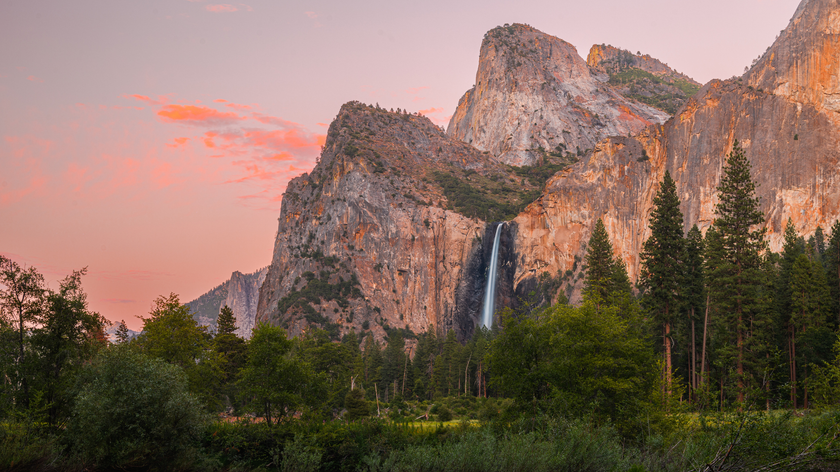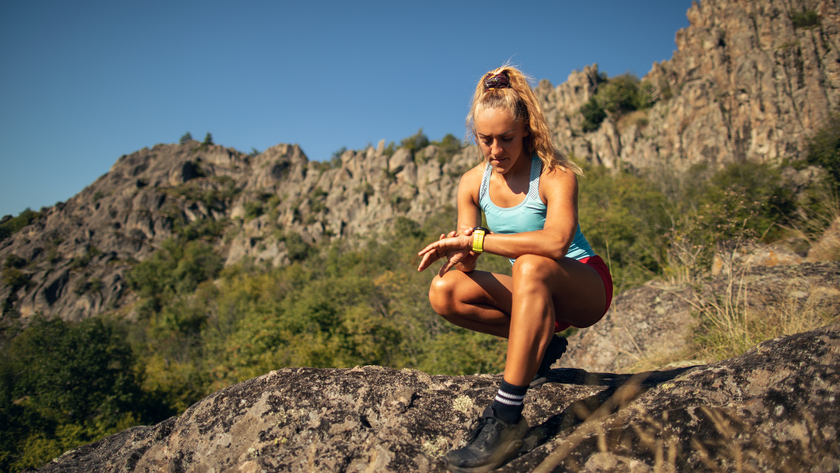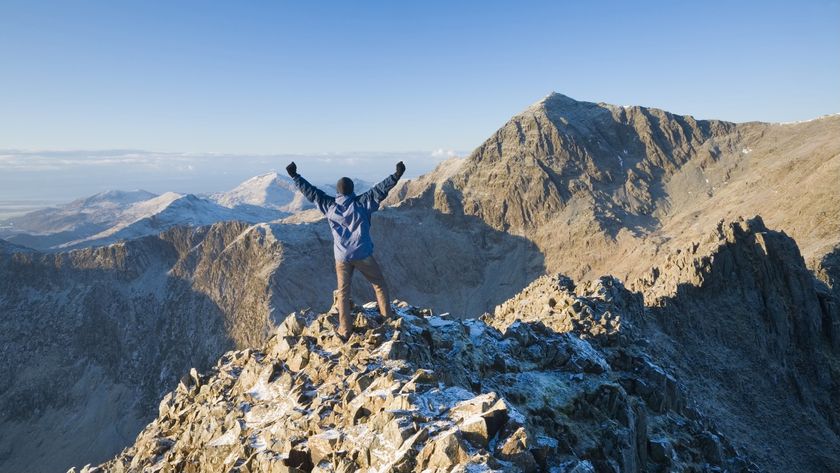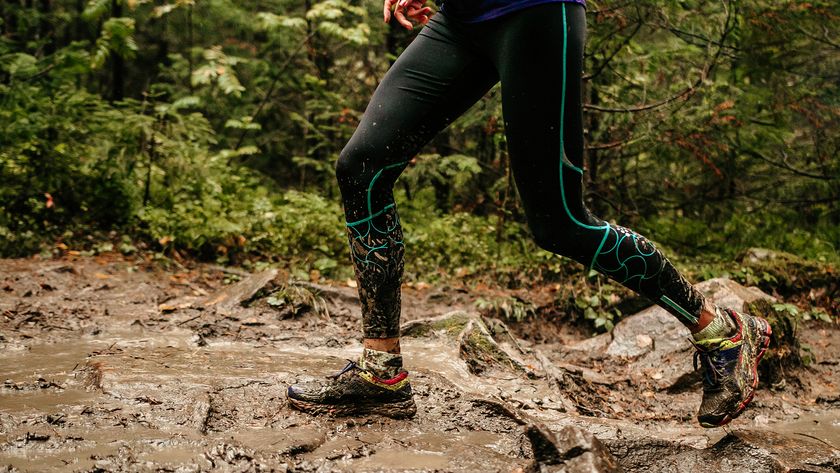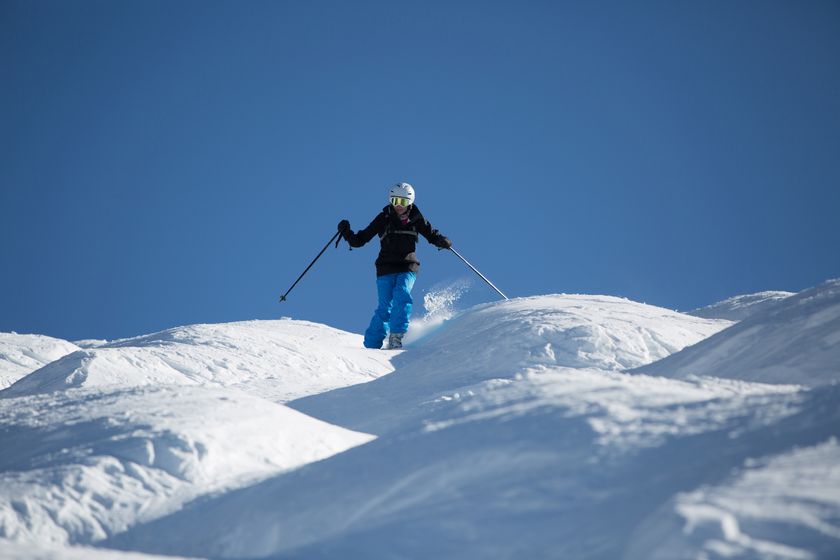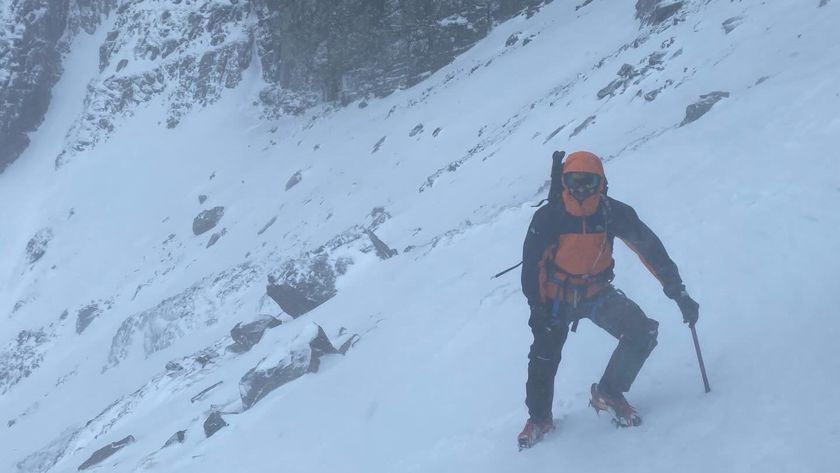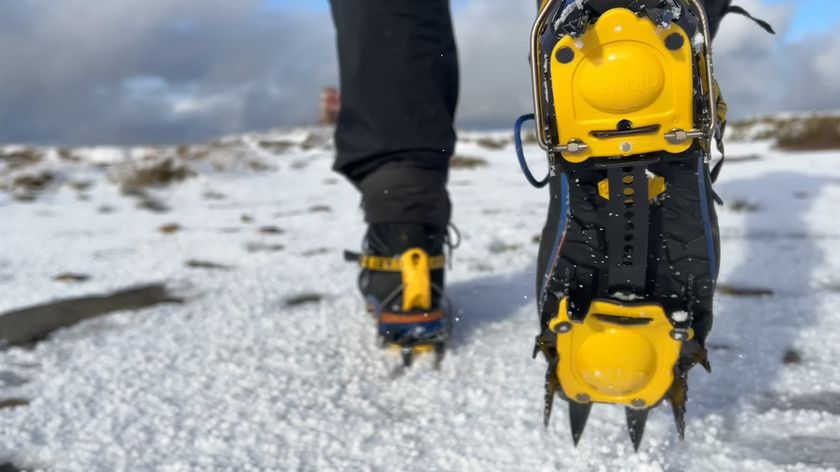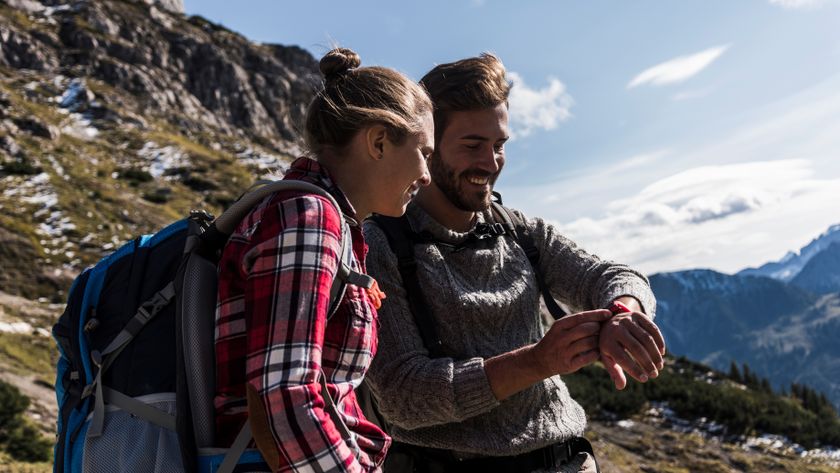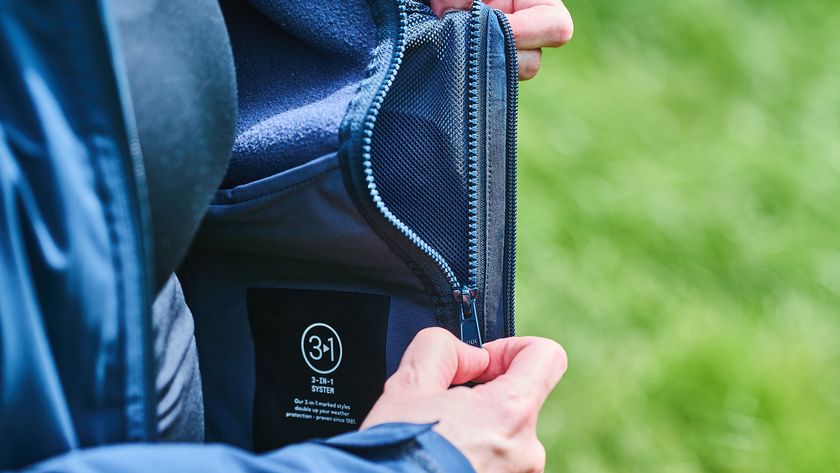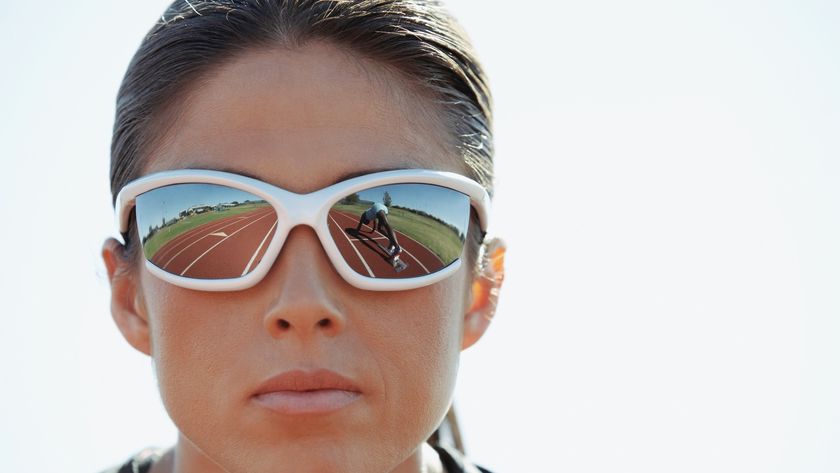How to keep your feet warm in winter
Tips for beating the cold when running, climbing, hiking or camping
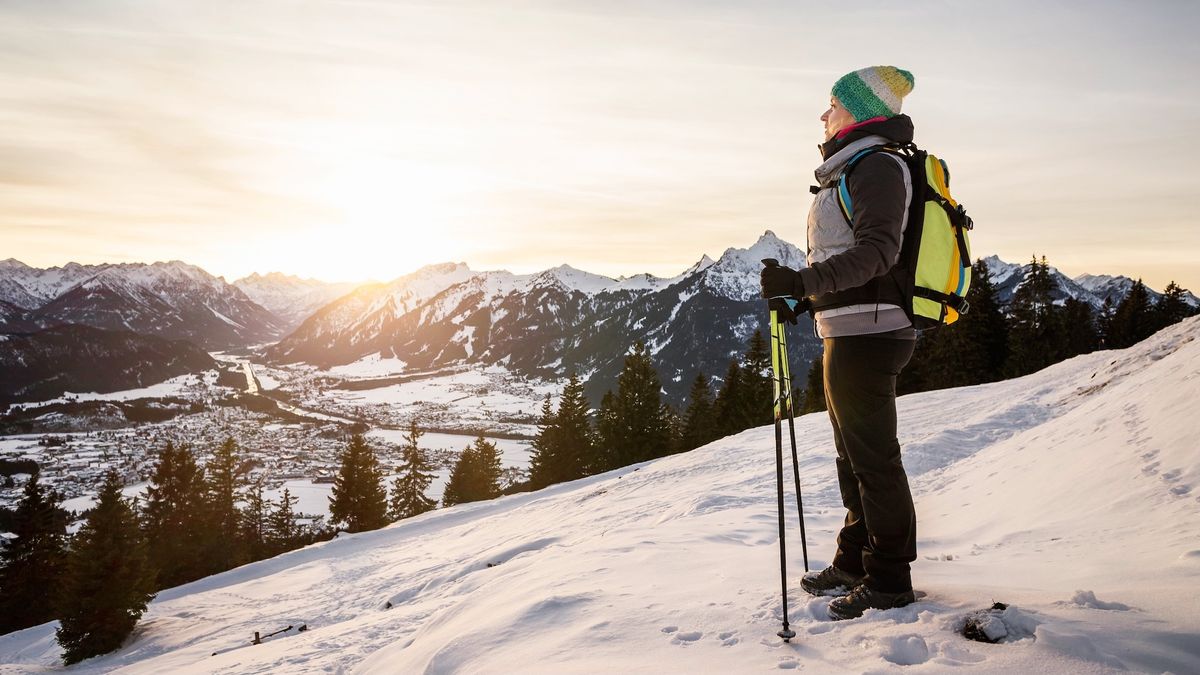
As the temperature drops, it can be a battle to keep your feet warm in winter. For most people who enjoy the outdoors, it’s the hands and the feet that suffer the most in cold weather.
Many people will find that end up with cold feet after an extended time outdoors, or after a period of being active and then coming to stop.
Why do we get cold feet?
Cold feet are one of the body’s natural reactions to being in a colder environment. When we are in a cold place, such as running on ice and snow, or hiking a winter mountain, blood vessels in the extremities, including the feet and hands, constrict.
The blood vessel constriction reduces the blood flow to the feet, which also has the effect of reducing the amount of heat the body loses.
In addition, when the body reduces blood flow to the extremities it also helps to keep warmth and blood flow in the more important body parts, such as the vital organs.
If blood flow continues to be reduced it leads to lower levels of oxygen in the tissues, which can cause them to change colour, for example to go bluish.
If you have Raynaud’s Syndrome, exposure to cold temperatures can more severely limit the blood circulation, resulting in cold, numb toes and fingers that often look white.
Advnture Newsletter
All the latest inspiration, tips and guides to help you plan your next Advnture!
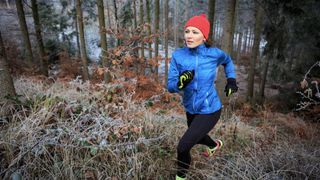
Tips for keeping feet warm in winter
Start warm
Try to make sure you have warm feet before you set out for a winter run, walk or climb. It is much harder to increase warmth once you are outdoors in cold temperatures than it is to warm them up indoors.
Keep moving
Most people find that if they keep moving, even slowly, the circulation of blood, pumped by the heart during activity, will keep feet warm. It is when we stop that blood circulation reduces and this is when feet can become cold.
If you do need to stop, for example to have something to eat or to take in a view, you should try you keep your feet moving. Jogging on the spot, or jumping up and down, can help to keep the blood circulating.
The right socks
Choosing the best kind of socks for hiking, winter running, hiking, climbing and camping is critical for keeping feet warm.
Look for natural fibres, such as merino wool or bamboo socks, which will naturally create more warmth. Synthetic fibres do not tend to be so effective at keeping the warmth in.
Another advantage of natural fibres is that they are much more effective at keeping feet dry. Sweat created by your chosen activity will evaporate through the natural fibres, rather than clinging and becoming damp.
A slightly thicker sock, or a sock that has a double layer, is more likely to keep feet warmer in winter. It is good to have greater insulation against the chill air. But ensure there is still room in your footwear for air to circulate because if feet are too constricted the blood flow will be reduced and feet will become colder as a result.
Loose fit
There are times when looser fitting socks are a benefit. For example, while camping it can be useful to have socks that have a looser fit for night time. Socks that fit loosely allow more warm air to circulate and be trapped between skin and sock. If the socks are too tight when feet are still they do not offer the same warmth.
Double up
Wear a thinner liner sock against your foot and a thicker outer sock to create more layers. The area between skin and sock – and sock and sock – will trap warm air and keep feet warmer.
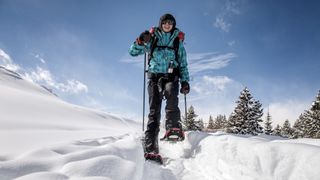
Stay dry
Wet feet will become colder much quicker than dry feet. A damp sock is usually a cold sock and that means your feet will get cold.
Winter footwear
Summer footwear, whether it is trail running shoes, hiking boots or hiking shoes, tends to be lighter and allow more air to circulate. This is to allow feet to stay cooler in warmer weather.
The opposite is true for winter when you want footwear to be less breathable and more waterproof. Make sure you choose the best winter hiking boots and ensure they have Gore-Tex liners, or similar, to prevent water ingress.
Keeping out the cold air, rain and snow is vital for warmer feet in winter.
Wear gaiters
Walking gaiters and running gaiters will help to keep out the wet and damp in winter, which means your feet are more likely to stay warm because they will be dry.
Feet warmers
There are different types of feet warmers and they might not all be practical for different activities. A simple plastic wrap (clingfilm, for example) can be used to wrap around socks on your feet. Do this before slipping your foot into your shoe or boot. This will stop cold air reaching your feet.
It isn’t too practical for activities, such as running, where feet move around more, but for winter camping this can be a great idea.
Feet warmers that are thin and shaped like insoles can be inserted into boots, for example above your toes.
There are heated insoles that are worth a look, too, especially if you will be standing round rather than moving about, for example while camping or belaying a climber. Many skiers use a heated rechargeable heated insole for warmth.
Warmer still
It is important that your torso, legs, arms and head stay warm, too. The right winter running gear, for example, will help you to maintain a generally warmer temperature outside, so this will mean your feet have more chance of staying warm as well.
Rise up
If it's snowy, it could be a good idea to utilise snow shoes or skis to keep your feet out of deep snow. In this way, you will be able to maintain drier and warmer feet.
Ground insulation
If you will be standing still, such as while belaying a climbing partner or cooking over a camping stove, you could stand on an insulated pad, such as an old piece of foam camping mat. This will keep some of the cold form the ground away from your feet.
Warm feet will ensure your winter hiking, running, climbing and camping is so much more enjoyable.

Fiona Russell is a widely published adventure journalist and blogger, better known as Fiona Outdoors. She is based in Scotland and is an all-round outdoors enthusiast with favorite activities including trail running, mountain walking, mountain biking, road cycling, triathlon and skiing (both downhill and backcountry). Aside from her own adventures, Fiona's biggest aim is to inspire others to enjoy getting outside and exploring, especially through her writing. She is also rarely seen without a running skort! Find out more at Fiona Outdoors.
